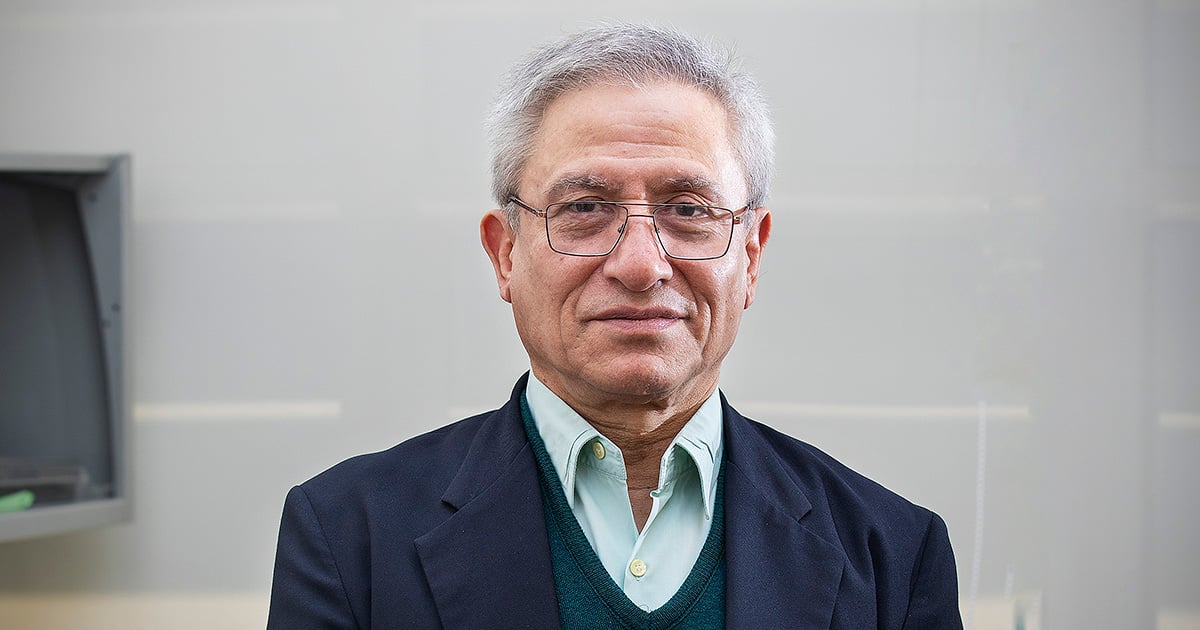News Flash
News Flash

DHAKA, Jan 25, 2025 (BSS) - Dr Zahid Hussain, a prominent figure and former lead economist at the World Bank's Dhaka Office, has expressed optimism that the general point-to-point inflation rate could be reduced to between 6 to 7 percent in the next fiscal year (FY26) if the country does not face natural or political calamities.
"My projection is that it will be possible to bring down inflation within 6 to 7 percent if there is no major disruption. Prices of several commodities are still increasing. The prices of essential items like rice, lentils, and fish, which significantly impact the common people, need to be reduced," he stated.
The esteemed economist shared these insights during an interview with BSS at his residence in the capital. It is noteworthy that the general point-to-point inflation rate in Bangladesh slightly eased in December, reaching 10.89 percent, down from 11.38 percent in November 2024.
Data from the Bangladesh Bureau of Statistics (BBS) indicated that this decline was driven by a fall in both food and non-food inflation. In 2024, point-to-point food inflation decreased to 12.92 percent in December, from 13.80 percent in November, according to BBS data.
Similarly, non-food inflation also saw a slight decline, reaching 9.26 percent in December, down from 9.39 percent in November 2024.
When asked about the possibility of general point-to-point inflation falling below double digits in the coming days, Dr. Zahid stated that while one can hope, it is not something to be counted on.
Regarding GDP growth for the current fiscal year (FY25), he commented, “If 4 percent growth is attained by the end, compared to 1.81 percent in the first quarter, then I would consider it a good achievement given the current circumstances."
He further elaborated, "My projection is that if we can move towards stability in the next fiscal year (FY26), then we could reach a new normal by mid-2026, coinciding with the completion of the election process."
Dr. Zahid emphasized that if this new normal materializes, stakeholders and investors would not wait until June 2026. "Should they perceive that everything is heading in the right direction, they would begin preparations to capitalize on moving early," he added.
He added that if everything proceeds as planned, the country might witness a significant turnaround in investment by the end of this year. "A GDP growth rate of 4.5 to 5 percent in the next fiscal year (FY26) will then be attainable. Subsequently, we can work towards surpassing a 5 percent GDP growth rate and gradually emerge from the middle-income trap."
When asked about the state of the banking sector, he remarked that, unlike the previous regime, the central bank's policies are now being implemented effectively. "We now see much more proactivity and consistency from the central bank," he noted.
Although the central bank has printed money to provide some liquidity support, he mentioned that they did not follow their predecessors' approach to financing the budget. The interest rate caps, both visible and invisible, no longer exist, and the exchange rate has remained stable despite some instability last December.
The eminent economist highlighted that the central bank is making efforts to make the exchange rate more market-based. Banks are now required to send the exact buying and selling rates of foreign currencies twice a day. "In this regard, efforts from the central bank are evident,” he said.
He added that from late 2021 to early 2024, there was a significant drop in foreign currency reserves, declining by at least $1 billion on average each month. However, that trend has now ceased.
"There has been some stability in foreign currency reserves, and the central bank is currently not selling dollars. However, with a gross reserve of $20 billion, this amount is not substantial enough to withstand large-scale political or natural disasters, such as hikes in import costs or declines in export earnings," he explained.
He added, "We do not have sufficient buffers and need to further enhance the reserve.”
Noting the encouraging inflow of inward remittances, he highlighted that this improvement is not due to a sudden rise in expatriate wages or a decrease in their cost of living but is primarily a result of a decline in illicit financial outflows.
Dr. Zahid mentioned that it is now difficult to launder money abroad as it was in the past, with many who previously laundered money now in hiding. "You can't guarantee where this trend will go in the future or whether it will revert," he said.
In the past, remittance inflows of $1.30 billion to $1.40 billion per month were considered 'bad performance,' while $1.70 billion or above was seen as 'good performance.' However, the benchmark has shifted, with $2 billion per month now considered the new normal.
"If we can maintain a remittance inflow of $2.20 billion or more on average per month, coupled with the growing number of outbound expatriates, we can term this trend of 'turnaround' as sustainable," he concluded.